Tata Hexa vs Mahindra XUV500 comparison
The Tata and Mahindra turf war enters a new chapter and things are more upmarket than ever before. We line up the tough new Hexa alongside the XUV500.
Published on Feb 24, 2017 06:00:00 AM
23,857 Views
Follow us on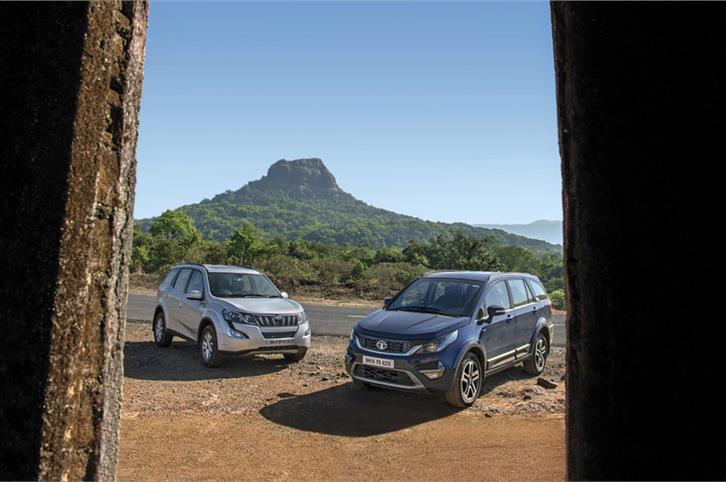
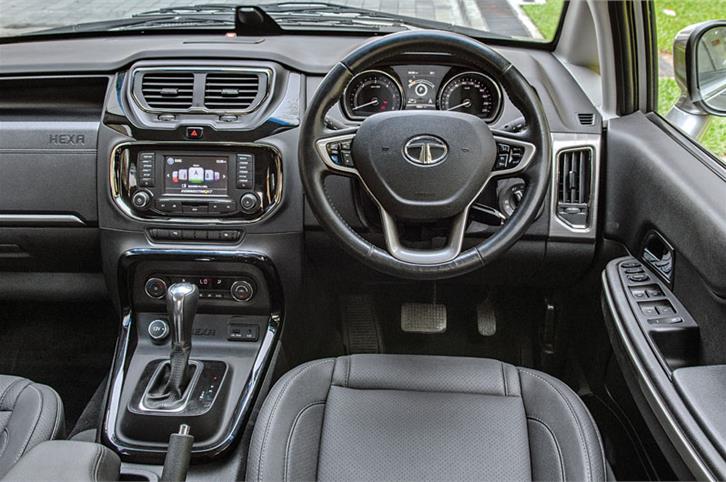


While Tata’s designers added drama to liven up a dull design, Mahindra’s designers actually – thankfully – toned the XUV500’s styling down a notch, and it really works. The new grille now sits flush with the headlamps, themselves imbued with a new layout and LED accents. The front bumper is new, and the gimmicky ‘cheetah whiskers’ have mercifully given way to simpler ‘slits’ that house the fog lamps. On the sides, all that’s new are the alloys, which again look more modern, and at the back, you’ll find a thick chrome strip on the tailgate and fewer tribal motifs in the tail-lamp glass. The interesting bit is that though the Hexa has the more traditional SUV ladder-frame construction, it’s the monocoque XUV500 that has the more traditional SUV look.
Good luxe
The XUV500’s subtle-fication continues on the inside, where the polarising plum-grey-black-and-beige colour scheme has been scrapped for a more conventional beige-and-grey. The dials glow a cool shade of blue now and their shroud is better integrated with the dash. The result is that it looks a lot more mature now, and it better disguises some of the poor plastics, of which there are still quite a few, such as the air con vents and the dashboard top itself. Still, it remains a well-thought-out interior with lots of useful storage bays and cubbyholes (the door pockets are a touch too slim though), and we really like the larger touchscreen they’ve used for the infotainment. However, despite all the changes, it still lacks that richness or feel-good factor that you expect from a car in this segment.
There was only so much Tata could do with the Hexa’s exterior, but on the inside, they’ve really gone to town. The dashboard design is so fresh, you can barely associate it with any other Tata, and fit and finish has taken a quantum leap forward. There’s a nice mix of glossy black and dark matte silver placed tastefully around the cabin, and it does a much better job of imparting a premium feel than the Mahindra. Some might find the all-black colour scheme a touch too dour, especially given the sheer vastness of the cabin, but it’s balanced out by the smart design, and it also helps disguise some of the panel gaps. However, get to a toll booth and you’ll notice one big flaw in the design; there’s no place
to put your change. Yes, the co-driver gets two gloveboxes and a recess above them, but the driver just gets one cupholder, and that will end up being used for their phone, tickets, wallet, change or an actual cup. The door pockets are at least big enough to house litre bottles and there is a small bin under the armrest, but a few more cubbyholes wouldn’t have gone amiss.
Vanity vans
From the driver’s seat, the Hexa feels every bit the old-school, ladder-frame SUV, which is to say it’s a bit of a climb into the cabin, you’re sat very high up and the steering wheel is angled a bit more forward than in a regular car. General visibility is very good, but there’s also a slight blind spot around the A-pillar, and you’ll notice there’s no room for your clutch foot, let alone a dead pedal, thanks to the seriously wide transmission tunnel.
The XUV500 is a bit friendlier that way, with a lower, more car-like driving position, and, though forward visibility is good, the view out the back is poor thanks to the tiny rear window. The gear lever falls easier to hand and the ergonomics just feel a bit more natural. The seats are really good too, with ample support, lumbar adjustment and six-way electrical adjustment for the driver. The Hexa’s seats aren’t powered, but they are superior in every other respect. Not only do they offer better support in every direction, but their cushions feel plusher and softer than the Mahindra’s.
This continues in the second row, where, again, the XUV’s seats are in no way bad, but the Hexa’s are just better. Middle-row passengers in the Tata have the advantage of pull-up sun blinds, and they’ll also like the additional set of AC vents that sit between the front seats (the XUV only gets a pair in the B-pillars). Although, they’ll like them a little less when it comes to tumbling forward the heavy middle row because the vent console gets in the way and blocks the seats from folding all the way. The XUV appears to have a bit more space in the second row, but that’s actually down to its better use of vertical space. It is placed quite a bit higher than the first row, so, not only do your legs get a bit more room to stretch out, you also get a better view forward.
Copyright (c) Autocar India. All rights reserved.

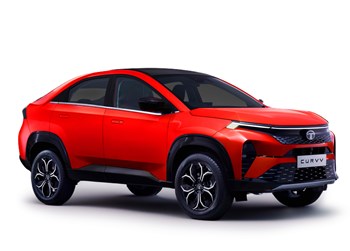
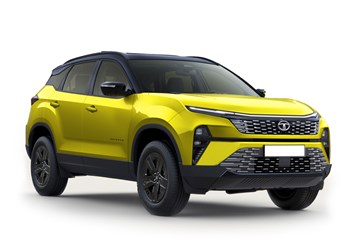
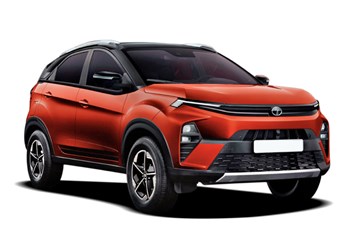

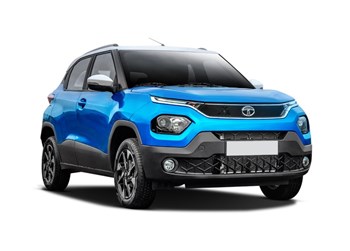

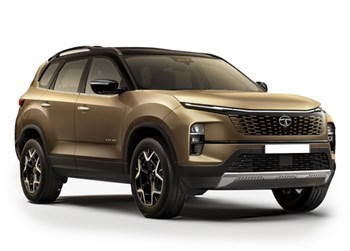

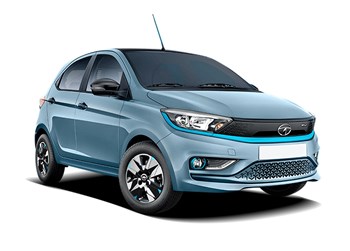

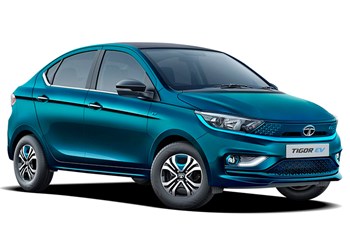


Comments
Member Login
Personal Details
No comments yet. Be the first to comment.